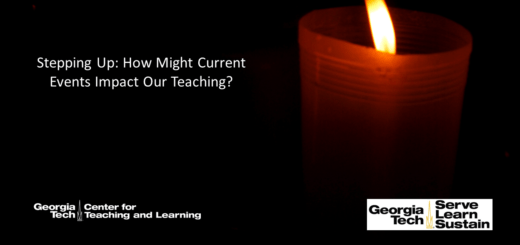Keep Teaching: Student-Centered Remote Teaching

Moving all face-to-face courses online this semester has been an unexpected challenge to say the least. You may have noticed the careful use of the term “remote teaching” rather than “online teaching” during this shift. Remote teaching is different because true online education is a different sort of pedagogy. Online courses were designed to be online from the start, so the faculty designing the courses are using the best practices from research on effective learning online. Students in online courses also intentionally opted in to the online format and, as such, knew what to expect and had the technology to succeed accessible as they enrolled. Remote teaching on the other hand, is an emergency transition from face-to-face to online. Most of us are retrofitting our existing courses for the online space rather than planning intentionally to be online.
Recently, EDUCAUSE, the professional organization for higher ed IT professionals, released a guide to help faculty who are unexpectedly remote teaching think about some of the best practices from online education to foster student learning online. The guide suggests considering three primary interactions in your course:
- “Student-content interaction, where instructors provide active learning experiences for students (meaningful learning activity plus reflection)
- Student-student interaction, where instructors structure the learning community and make it clear to students how they should interact with others in the class
- Student-instructor interaction, where instructors create a framework for how they will interact with students during the learning experience.”
Based on these three considerations, the guide then outlines effective strategies that you can implement in your course this summer. The tips are straightforward and easy to skim. Check it out for these helpful tips.




